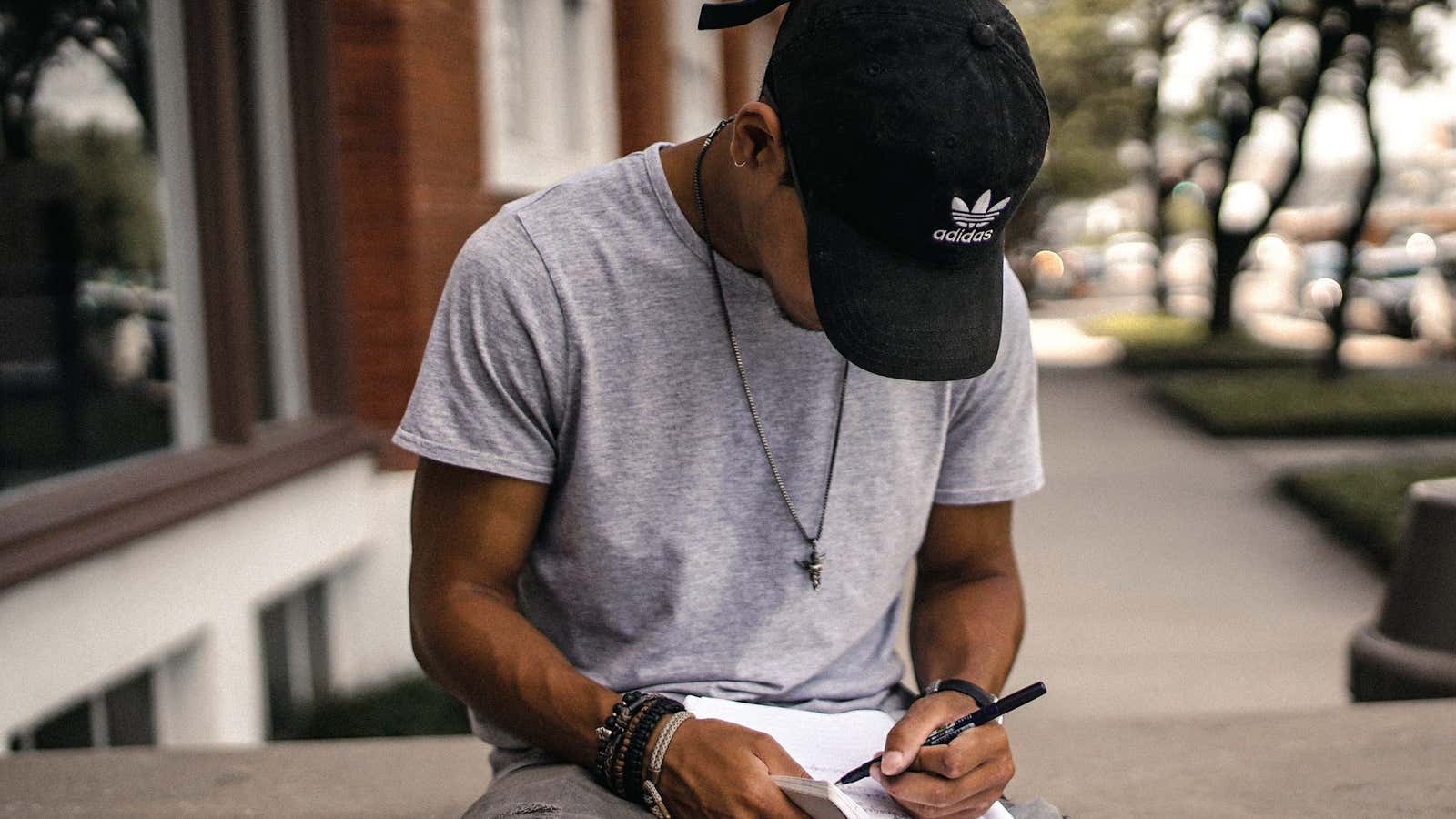College is usually seen as a golden ticket—get your degree, and you can launch into a life worthy of the American dream. In theory, young people take out loans, earn their degrees, and then, over time, pay their debts down as their earnings go up.
For many black students, it doesn’t quite work out that way.
According to data recently released from the US Department of Education, black students owed more on their loans 12 years after first starting school. Paying off student debt has become harder for Americans across the board but the problem is noticeably worse for black students.
And it has only gotten worse over time; the typical black student in the mid-1990s struggled to pay down her debt but she also didn’t, on average, rack up more debt.
So, what’s going on?
They borrow more
For one, black students are far more likely to borrow for college than their white or Hispanic peers. Close to 90% of black students entering a public four-year institution in 2003 took out a federal loan. No more than two-thirds of white and Hispanic students did the same. And these disparities—where far more black students take out loans—persist for private schools, vocational schools, and for-profit programs.
They default more
Black students are also more likely to have trouble paying down their loans.
Close to half of black students who entered school in 2003 defaulted on their loans within 12 years, compared to 29% for the nation as a whole. A little over one in five white students, on the other hand, did the same.
Dropping out is a big part of the problem. Nearly two-thirds of black students who dropped out of college stopped paying down their loan. But it’s not just driven by drop-outs.
Almost one in four black students who completed a four-year college still defaulted on their debt payments. (For context, 6% of white students with a degree did the same.)
The default rate for drop-outs from for-profit colleges is even more severe, with three out of every four students foregoing payments on their loans. And the numbers are likely worse today: enrollment in private for-profit schools has doubled since 2004, and the default rates at such programs have only risen. To make matters worse, there’s evidence that ambitious-but-disadvantaged black youth flock to such programs.
The Center for American Progress, a liberal-leaning think tank, believes policymakers and colleges are at least partly to blame. The federal loan debt program could be restructured to acknowledge, and help, black students out—and likewise, schools awash in funding and wealth could do a better job of accepting them.
